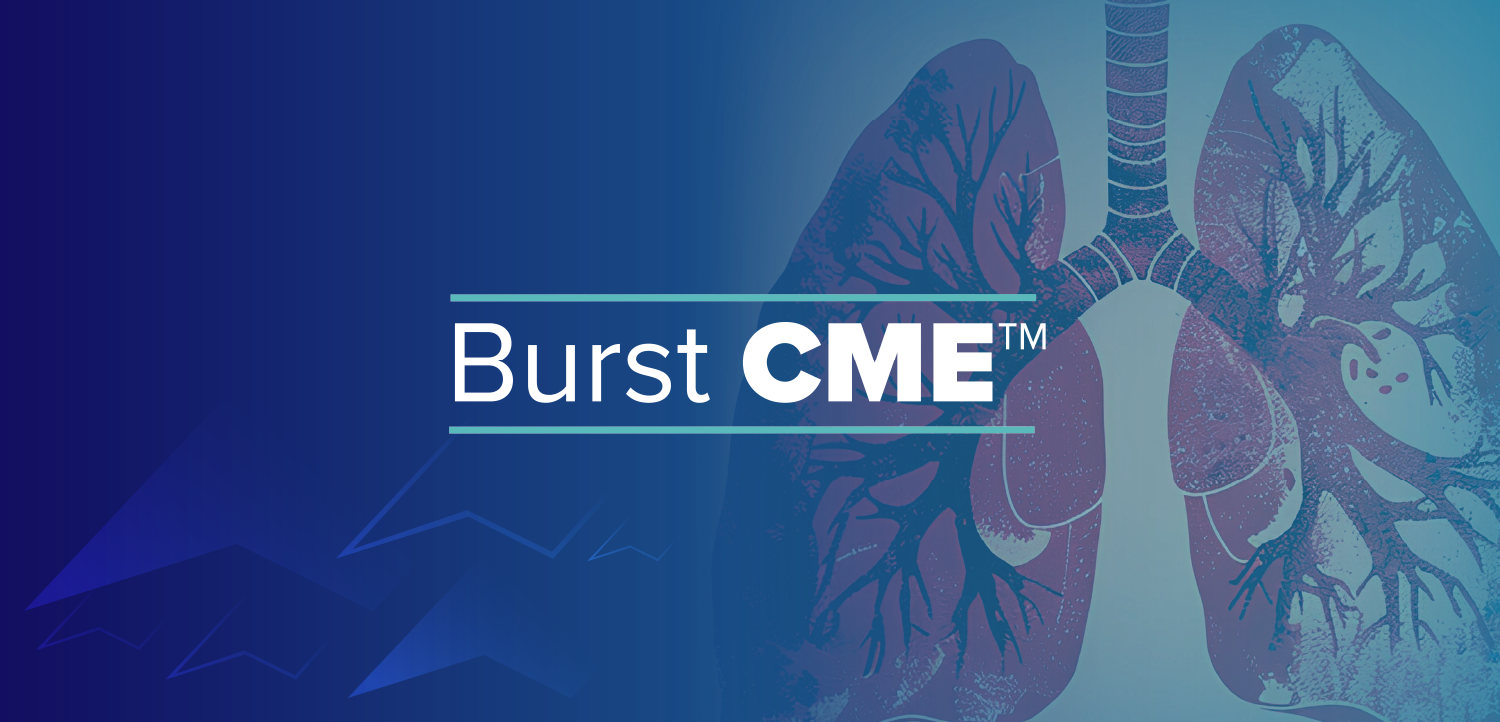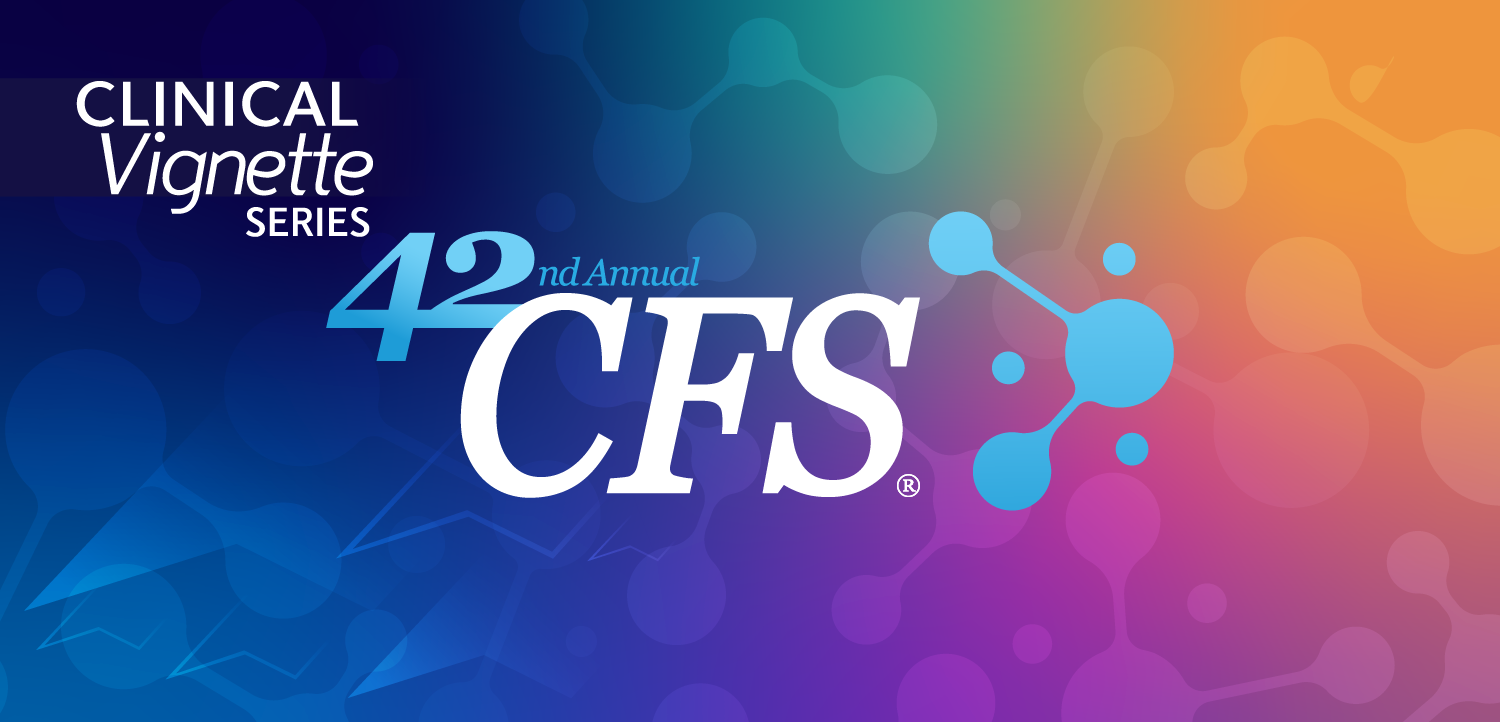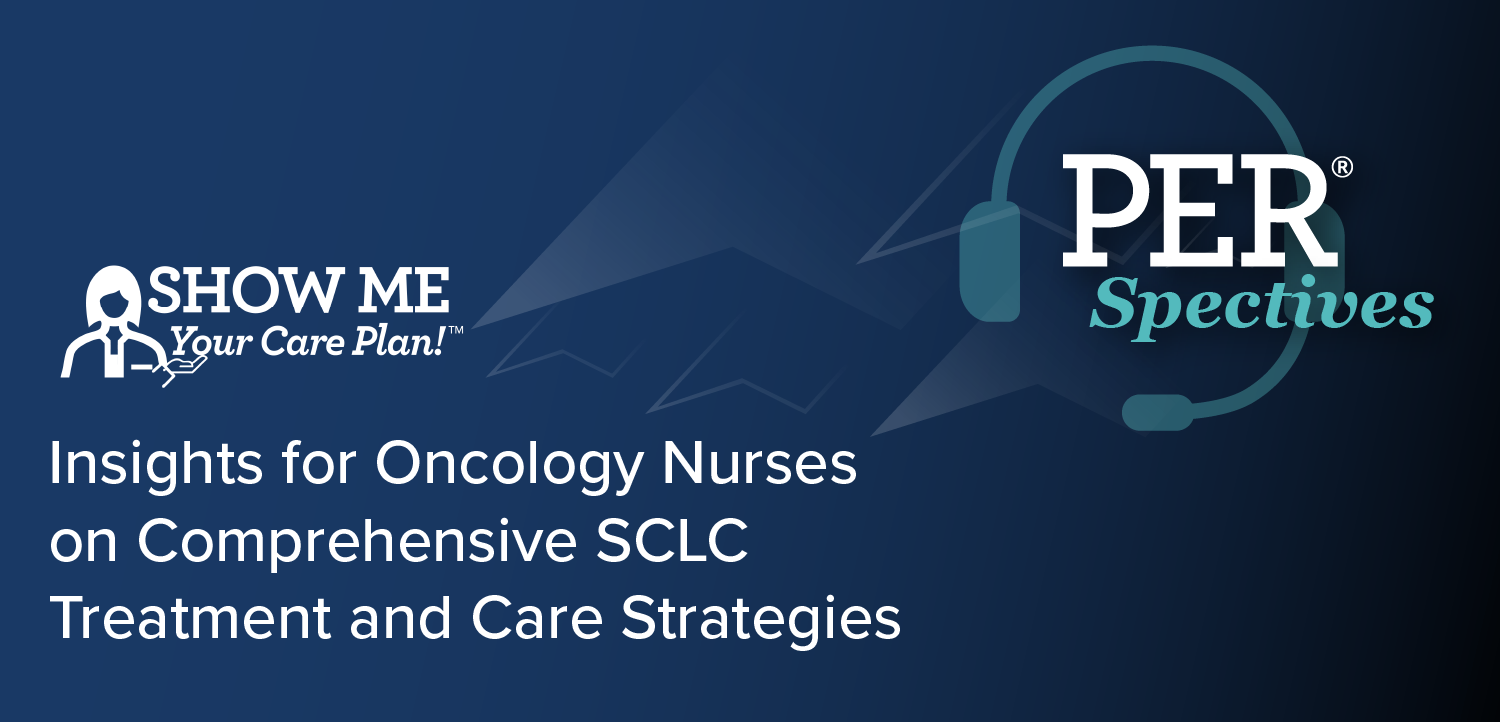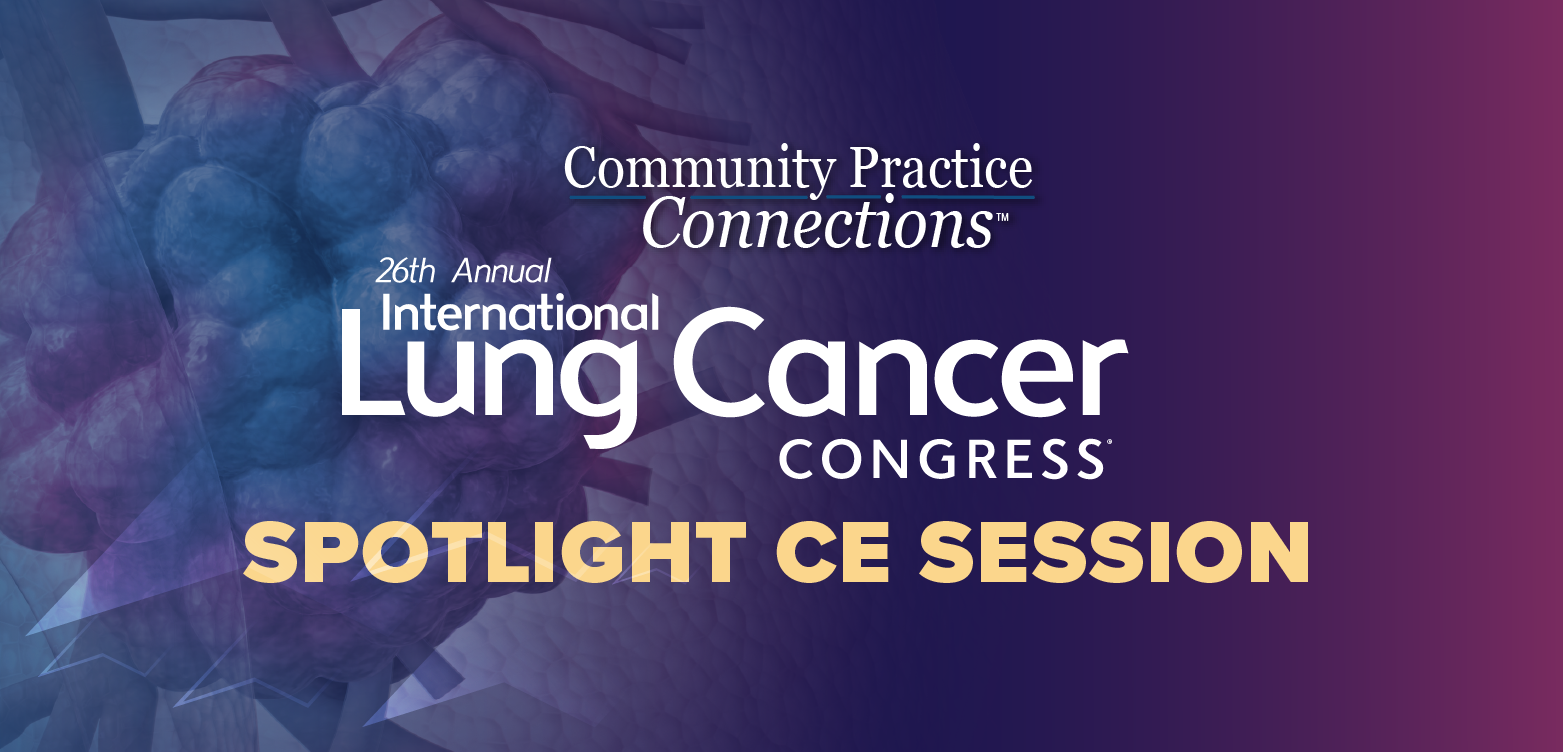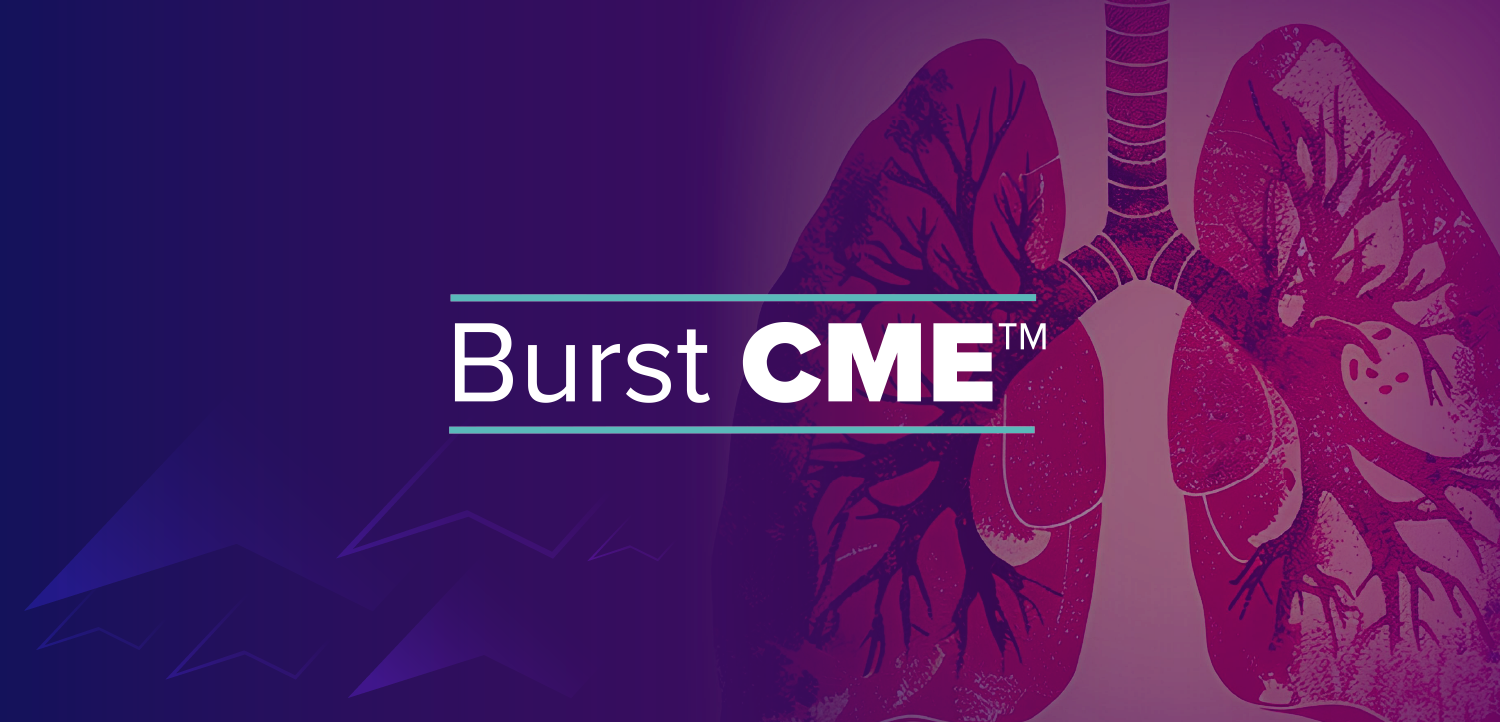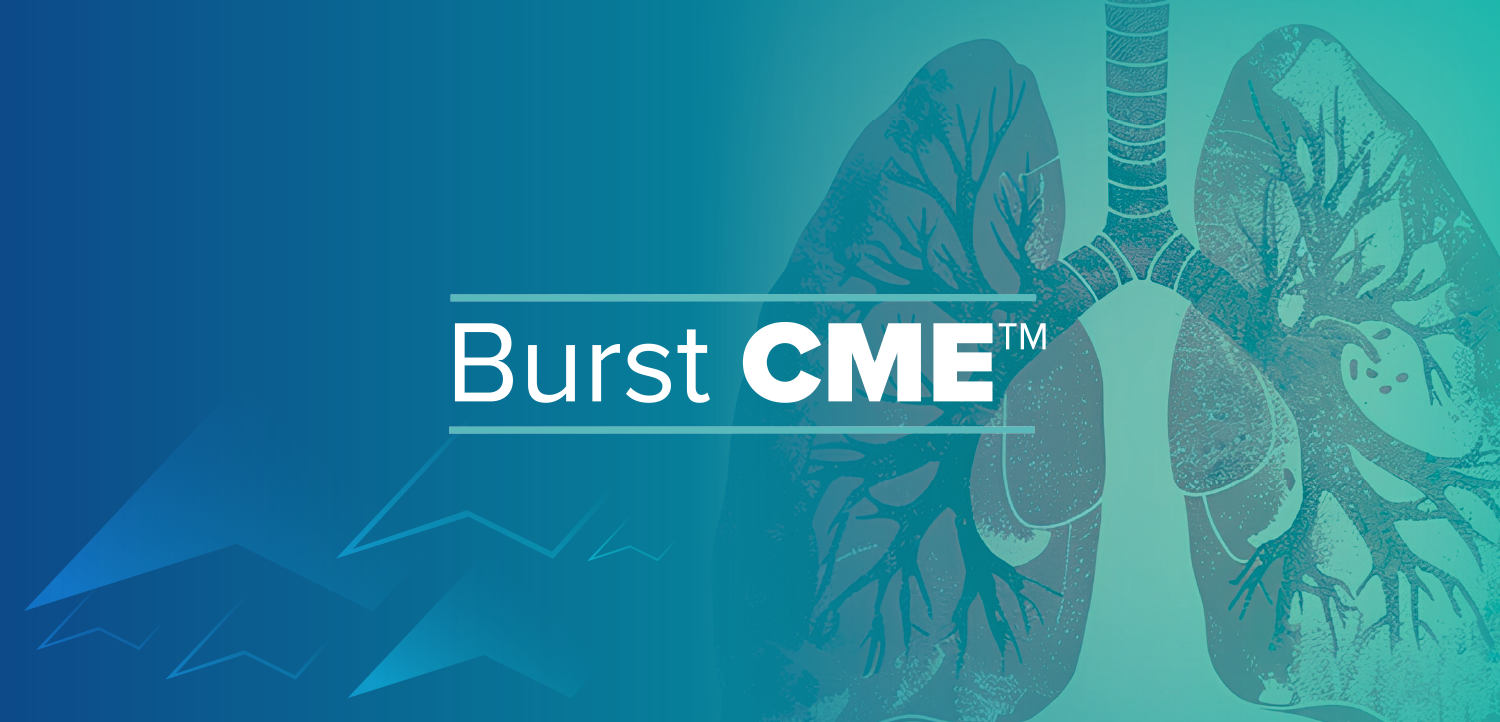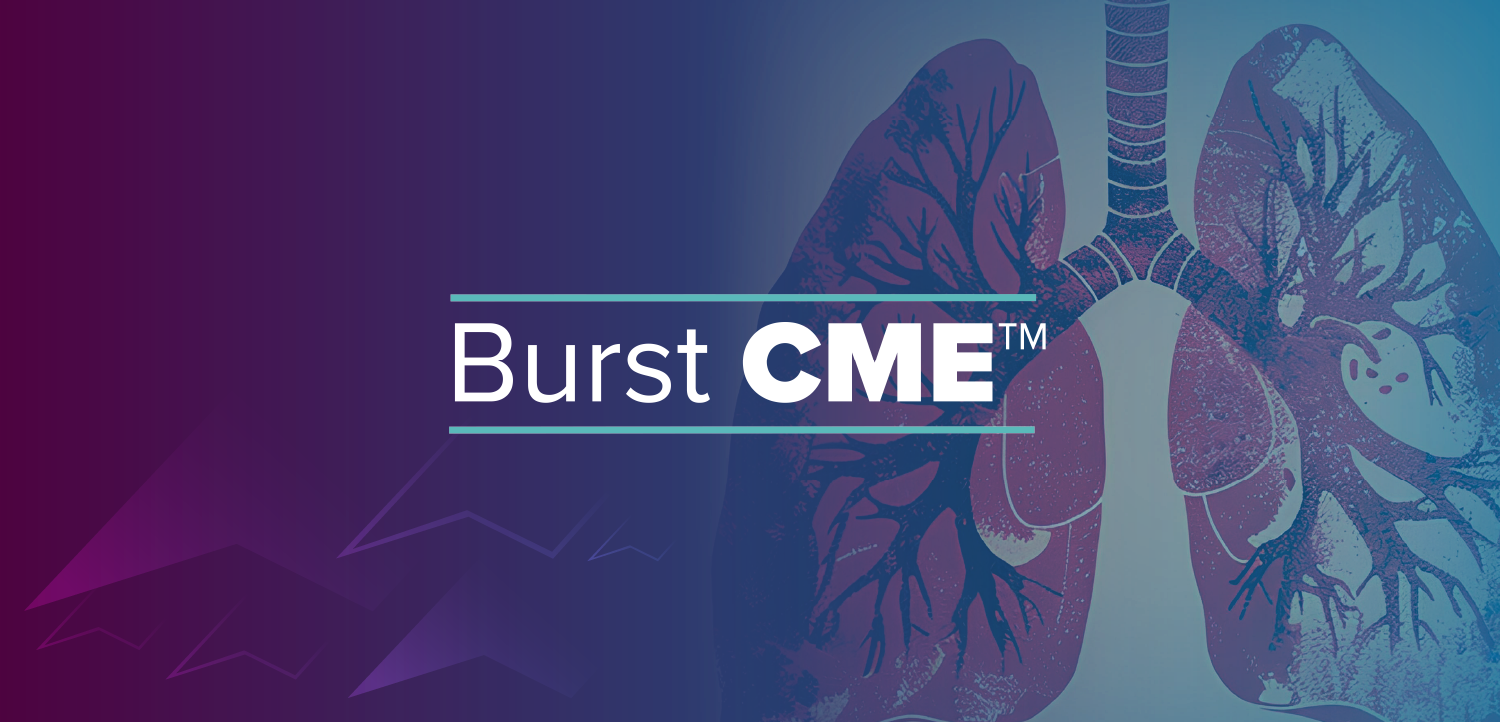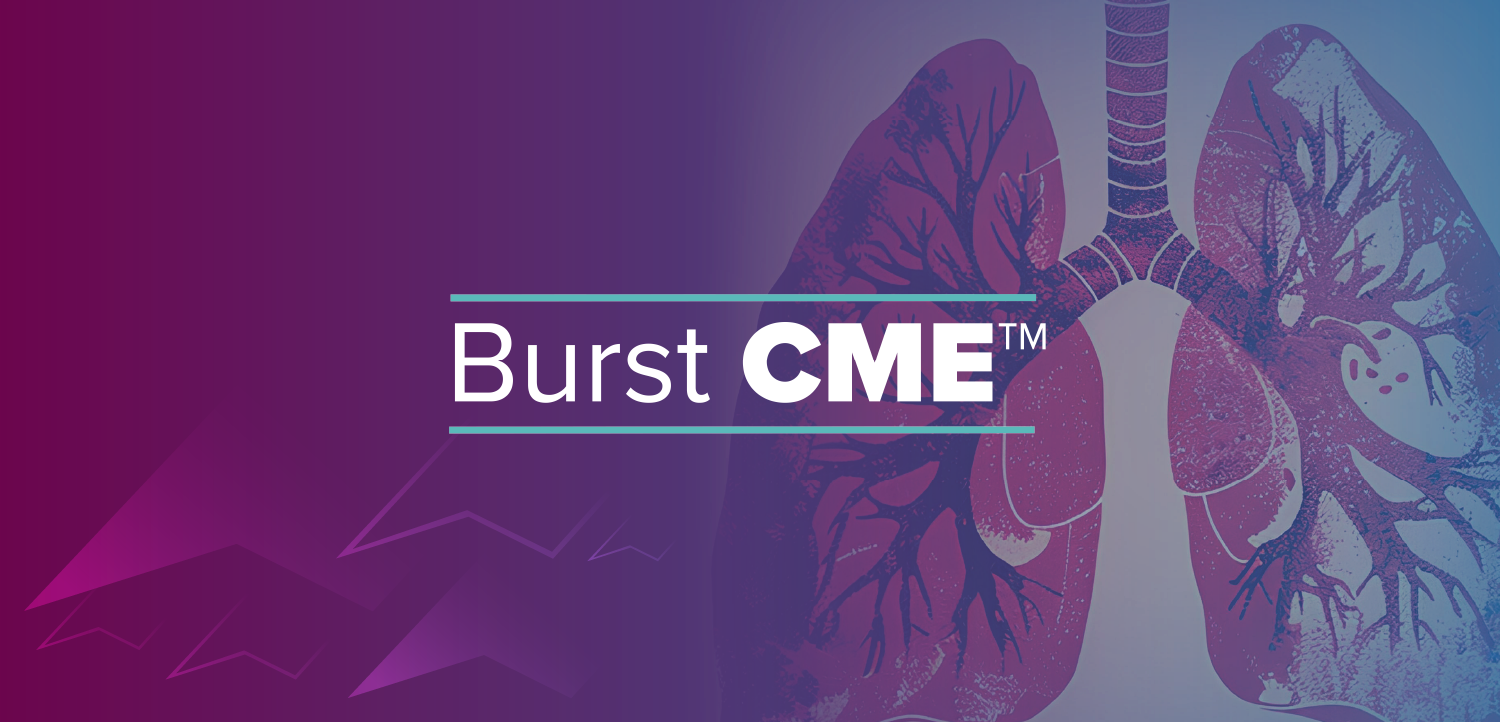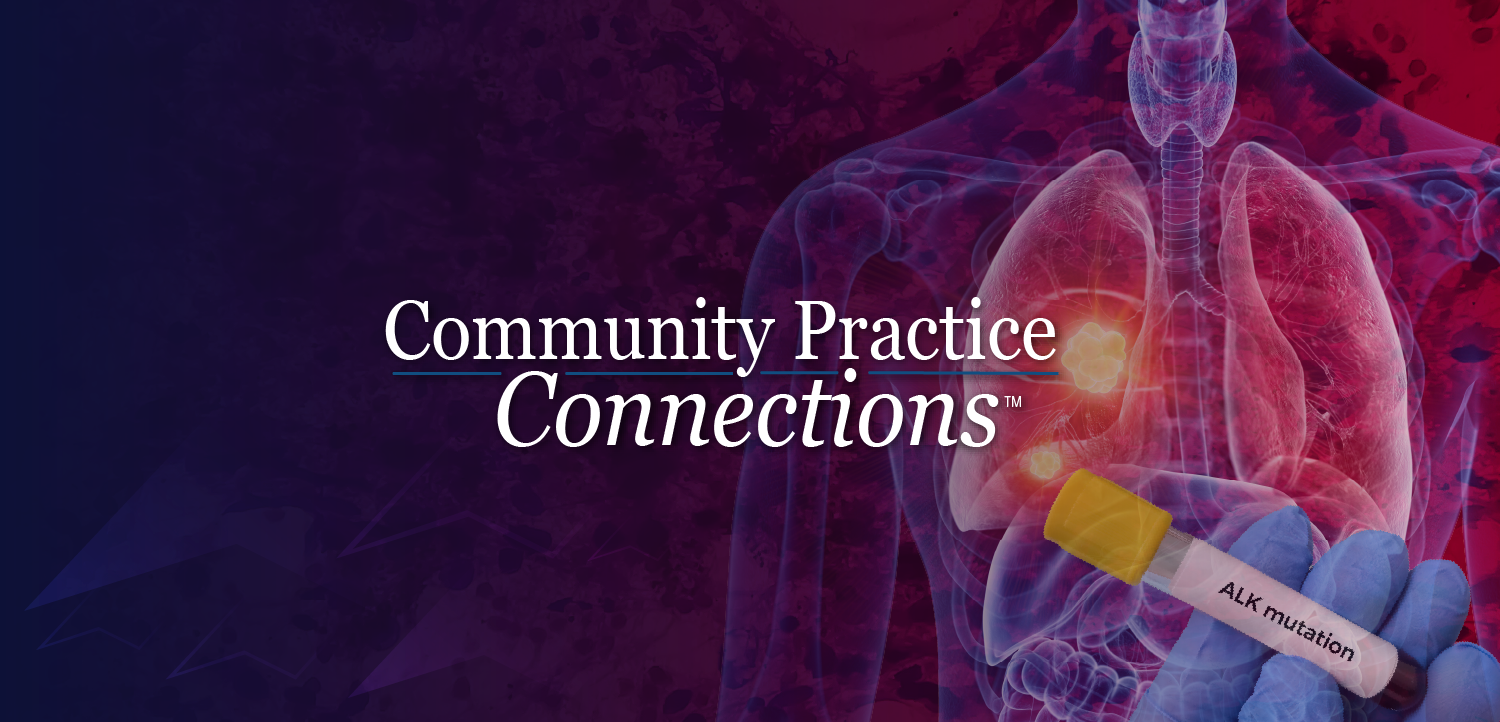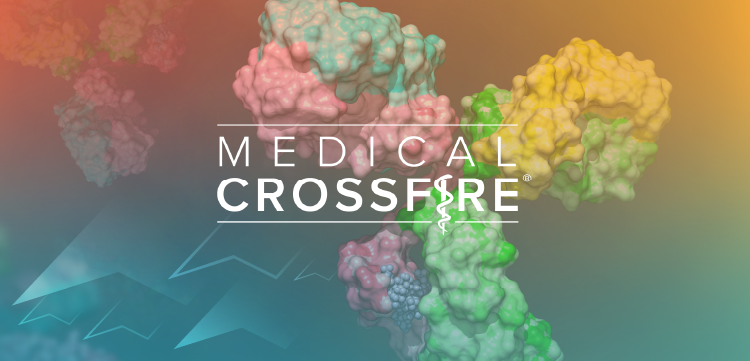
Building Trust Through Price Transparency
Price transparency is a primary focus for health plans in 2022 to support rising consumer demand for improved healthcare experiences and align to federal price transparency mandates.
Price transparency is a primary focus for health plans in 2022 to support rising consumer demand for improved healthcare experiences and align to federal price transparency mandates.
The mandates have the right intentions to get healthcare cost information to people, but the reality is each health plan will decide whether they simply check the box to meet the mandate or go further to provide meaningful member experience.
Going above and beyond the mandates is where the opportunity lies for health plans to differentiate themselves and build trust with members. Below are a few ways to create a price transparency solution that people will appreciate and use.
Deliver Guidance
When people are looking for healthcare, they often don’t know where to start and turn to their health plan for information. However, offering information that helps guide members to the right care, in the right place, at the right time, and for the best price is missing from the mandate. Health plans that are able to deliver their members insights and education to help them better navigate healthcare will be ahead of the curve.
What health plans can do today: Help people plan for relevant care by making the website easy to navigate and personalized to each individual member. Are they searching for an MRI? Help them understand the differences, like MRIs with or without contrast. Anticipate the member’s needs and highlight virtual care options when appropriate – such as if they are searching for after-hours care or mental health visits. Data is powerful, use it to inform member interactions on the web and help surface helpful information to guide them.
Fuel Engagement
Healthcare transparency tools are only valuable if people actually use them. Raising awareness of these tools and their value is key to fueling engagement and driving ROI as new features and functionality are rolled out.
What health plans can do today: With price transparency impacting both hospitals and health plans - it is garnering increasing media attention.Health plans can leverage the national conversation to differentiate their capabilities and encourage more members to utilize available tools to make more informed healthcare choices.
Enhance Collaboration
A recent survey of
What health plans can do today: Health plans and hospitals have the opportunity to partner to help people navigate care. By working together, pricing and provider data can become more consistent between health plan portals and health system websites, offering people confidence to make the best choices. Gaps or discrepancies in data, lead to more confusion and in some cases, people avoiding getting care at all. There is a huge opportunity to make healthcare less complex and more accessible.
Healthcare planning isn’t easy and changing behaviors to help people know they can and should research healthcare costs before obtaining care will take time. The current efforts toward price transparency are steps in the right direction and represent a huge shift in how healthcare consumers, health plans, and health systems engage with one another going forward.
Newsletter
Get the latest industry news, event updates, and more from Managed healthcare Executive.





